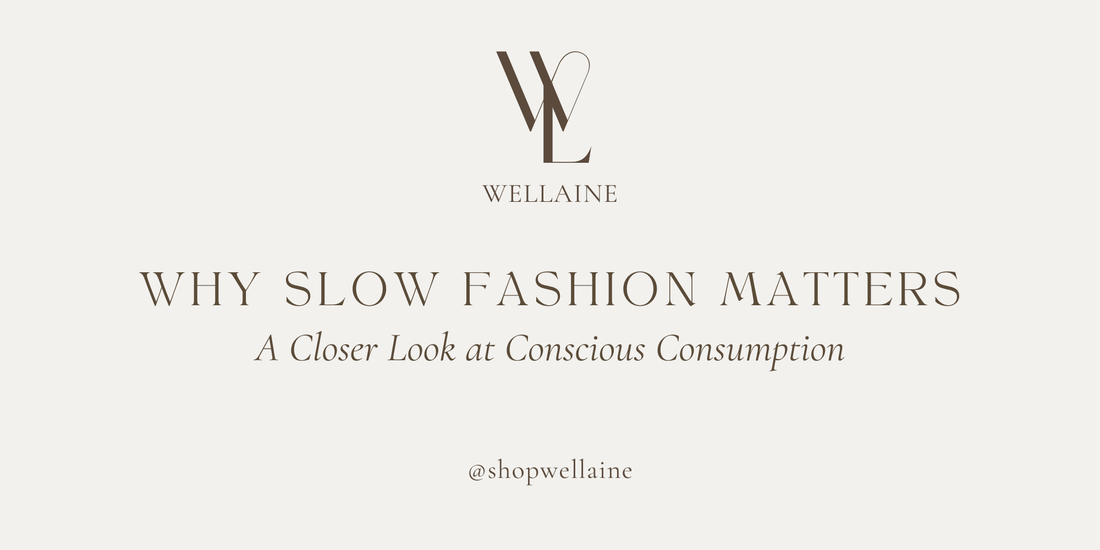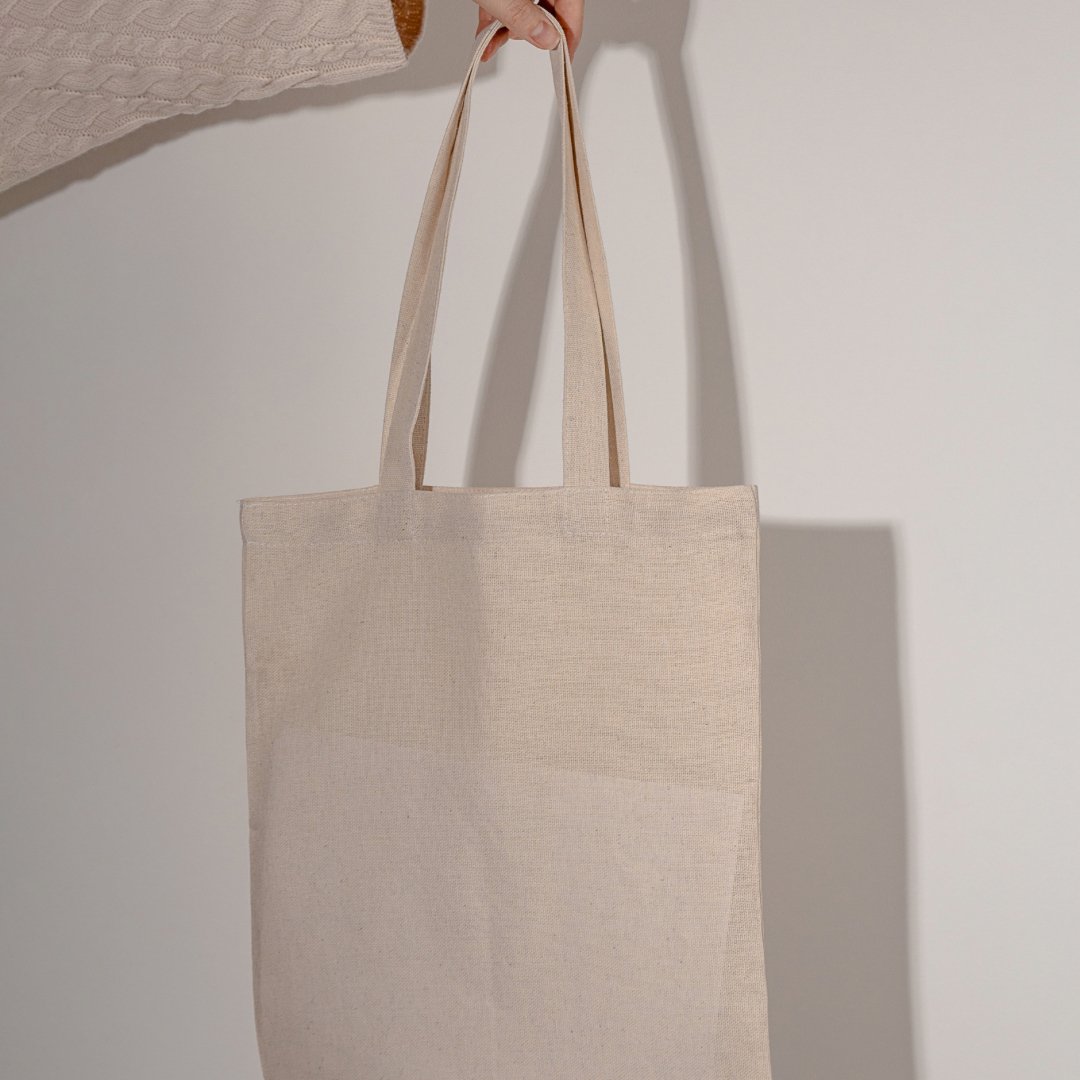
Why Slow Fashion Matters: A Closer Look at Conscious Consumption
Share
In a world where overnight shipping and one-click purchases reign supreme, the fashion industry has been swept up in the current of convenience. Fast fashion promises trendy clothes at rock-bottom prices — but beneath the surface lies a system built on overproduction, environmental harm, and labor exploitation.
So what does it actually mean to slow down?
WHAT IS FAST FASHION?
Fast fashion is a business model designed to produce low-cost clothing, quickly and in massive quantities. These garments are often made with synthetic materials like polyester and nylon, which take hundreds of years to decompose. They're produced rapidly, with little regard for ethical labor practices or environmental sustainability — and discarded just as quickly.
These large corporations are constantly pumping out trends to get more product onto racks faster, creating a culture of overconsumption. Consumers feel pressure to keep up, buying more and more — with little attention to how the items are made or what happens when they’re thrown out. In the U.S. alone, over 34 billion pounds of textiles are discarded every year — more than 100 pounds per person. Most of it ends up in landfills, unable to degrade, with toxic dyes seeping into our soil and water systems.
Fast fashion is also a labor issue. Many garment workers are paid far below a living wage and work in unsafe conditions. Clothing production is incredibly labor-intensive, and when we see extremely low prices, it often means someone else is paying the cost — in the form of poor wages, long hours, and unsafe environments.
It’s a cycle of constant consumption that feeds into the idea that new is always better — even if it’s at the cost of people and the planet.
WHAT IS SLOW FASHION?
Slow fashion is a conscious response to that cycle. It encourages mindfulness — choosing fewer, better pieces that are designed to last. It prioritizes:
- Sustainable materials (like organic cotton, hemp, or recycled fibers)
- Ethical production (fair wages, safe working conditions)
- Timeless design over fleeting trends
- Transparent practices from brand to consumer
It’s about understanding the full lifecycle of a product — and choosing brands that respect both people and the planet.
WHY IT MATTERS
Fast fashion is responsible for around 10% of global carbon emissions and is the second-largest consumer of water worldwide. Over 600,000 plastic microfibers are released every time we wash synthetic clothing. These microfibers enter our oceans, harm marine life, and are even recycled back into our water systems — exposing us to daily consumption of microplastics.
And beyond the environmental impact, there’s a human cost: many fast fashion workers earn less than a living wage and work in unsafe conditions, all for the sake of speed and scale.
Slow fashion offers a better way. It empowers us to buy less, choose well, and make what we own last. It invites us to see clothing not just as disposable trends — but as an extension of our values.
WHAT YOU CAN DO
You don’t have to overhaul your entire wardrobe to make a difference. Try:
- Shopping intentionally: Ask yourself if you’ll still love the item next year
- Supporting small and ethical brands
- Choosing quality over quantity
- Repairing, repurposing, or reselling items you no longer wear
- Being proud of outfit repeating
- Thrifting: Buying secondhand gives clothing a second life and diverts it from landfills
At Wellaine, we strive to be a brand you can trust—offering high-quality items crafted with safe and intentional ingredients and materials, while also supporting multiple small businesses. We know perfection isn't the goal—progress is. Let’s lead with empathy, educate with kindness, and learn from each other.
Every dollar you spend is a vote for the kind of world you want to live in. Every step counts
With love and appreciation,
Katelyn, Founder of Wellaine

